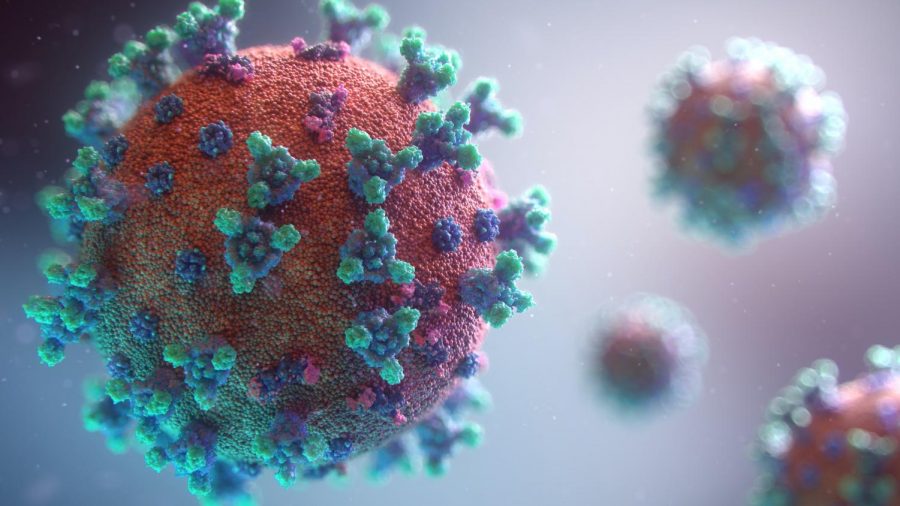New Evidence Points to a Connection Between Kawaskai Disease and COVID-19
May 26, 2020
New evidence is emerging that the increasing number of Kawaskai Disease diagnoses in children is linked to COVID-19.
Kawasaki Disease (KD) is an auto-immune disease that primarily affects children under five years of age. The primary symptom is inflammation of the coronary arteries coupled with persistent high fever and a red rash on the body.
Reports from hospitals in Italy and the U.S. show that children diagnosed with KD in the early months of 2020actually carried the coronavirus. Children who were misdiagnosed showed slightly different afflictions than that of typical KD. Children afflicted with this new strain of coronavirus experienced more severe symptoms than those seen of KD patients and are 49 percent more likely to develop heart complications than those with Kawasaki.
According to The Center for Infectious Disease Research and Policy at the University of Minnesota, “Five of the ten children diagnosed [with KD] during the pandemic had signs of toxic shock syndrome requiring fluid resuscitation because of low blood pressure, compared with none of the children diagnosed previously. Toxic shock syndrome is a rare, life-threatening illness caused by some bacterial infections; common symptoms include a high fever, low blood pressure, and rash.” These symptoms are signs of KD and resulted in the misdiagnoses of children in both the US and Italy.
As well as increased symptoms, this strain of coronavirus required more intense treatment than KD. Of the ten children diagnosed with this strain of COVID in Bergamo, Italy, between March and April, 80 percent required steroid treatment to fight off the illness. This compares to the 19 percent of regular KD patients that required steroid treatment.
The May case study by the New York Times of Jack McMorrow, a ninth-grader from New York City, highlights another new facet of coronavirus in children and teens: the increased chance of heart failure. After a week of feeling increasingly unwell, McMorrow awoke one morning unable to move with a dangerously low heart rate and blood pressure. He was rushed to New York-Presbyterian Morgan Stanley Children’s Hospital where it was confirmed that he experienced cardiac failure as a side effect of coronavirus. The Center for Disease Control (CDC) named such cases Multisystem Inflammatory Syndrome in children and add this new syndrome to the shape of coronavirus.
This connection brings new possibilities to the table in the fight against COVID-19, namely whether or not coronavirus affects different age groups in radically different ways.
“I think that kids tend to act a lot more flippantly about COVID because the perceived risk to that age group from the disease is low. However, since this isn’t entirely true, this mentality puts lots of kids, not to mention their families, at-risk” sophomore Mia Schraith said.
New concerns over coronavirus’s impact on children and teens may be a consideration of the decision whether or not to open California schools for the fall semester. On May 20 the governing board for the AUHSD will convene to begin a discussion on options for schools in the fall semester








